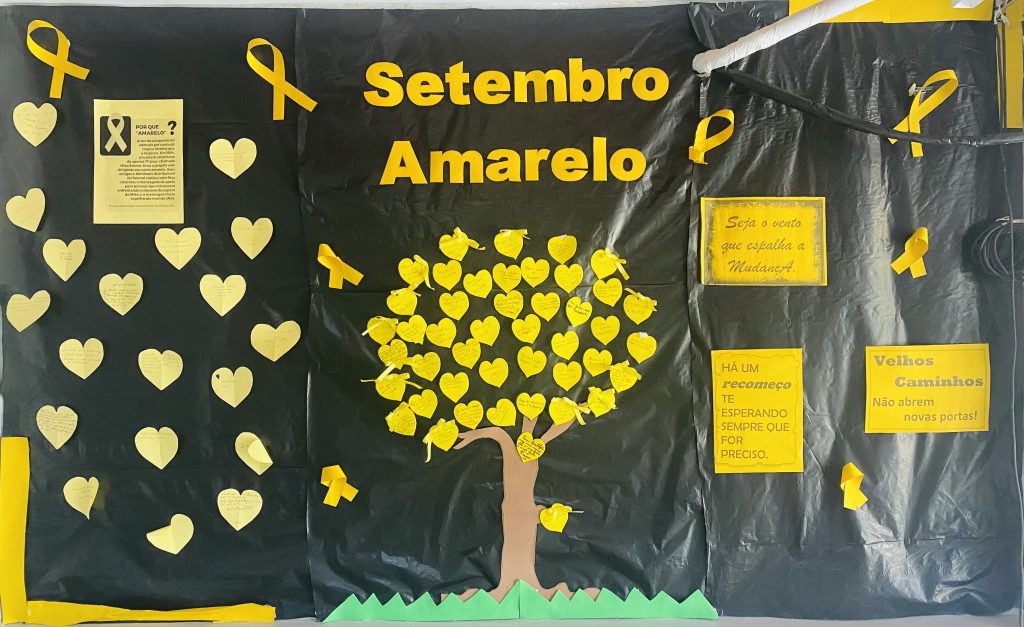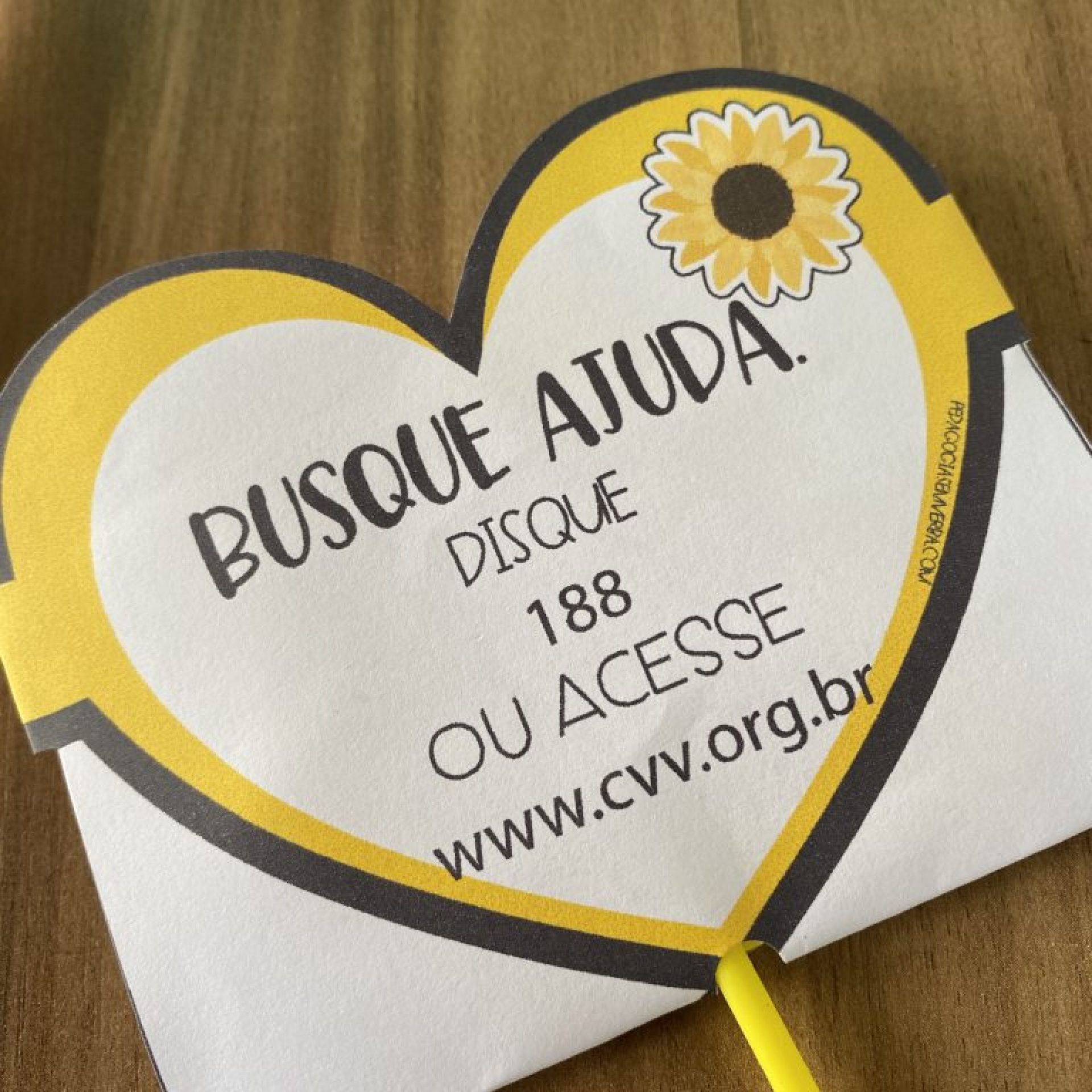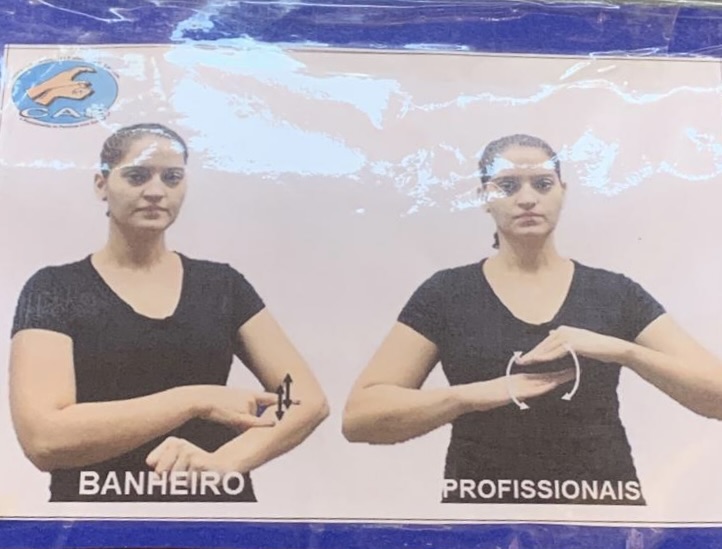
Mental health awareness is an important issue for all educators, who are often the primary line of defence and information for their students. Educators have long recognized the impact of student’s mental health on learning and student achievement. The COVID-19 pandemic presented teachers, parents, and students with a whole slew of obstacles. Children already struggling with mental health issues and learning difficulties were particularly vulnerable to further delays and challenges. Having struggled with my own mental health issues, I decided to get my first degree in psychology. Mental wellness has since become something that I am incredibly passionate about.
It was therefore incredibly encouraging to see the steps Brazilian schools are taking to help educate youth on mental health awareness. Since 2014, the month of September “dresses” in yellow for a very important reason. Setembro Amarelo, or Yellow September, is a campaign that aims to raise the student’s awareness of suicide and suicide prevention. The campaign has gained significantly more traction in the last couple of years as the negative effects of COVID-19 are becoming more and more apparent. These effects can be especially damaging for students who have began to lag both academically and socially. During our time here, we have witnessed several assemblies highlighting the importance of suicide awareness as well as providing resources for the students to utilize should they need them. It is really uplifting to listen to these students speak about the importance of taking care of your mental health and recognizing signs of distress in themselves and in their peers.


In addition to educating students about suicide, teachers take the time to talk about other disabilities, both physical and mental. Many of the schools here in Brazil do their best to integrate their disabled students into the school culture and society. These students are often included in the classroom activities as much as possible and are each paired with an education assistant. This EA provides them with any necessary extra support they may need both within the classroom and outside during break times. In addition, these students are provided with one-on-one lessons on a regular basis. One high school we visited also has an extensive in-school program for students with disabilities, including a special room with learning supports and activities and specified teachers to help them. As someone with a background in psychology, I recognize the importance of providing these students with special tools and attention, while being careful not to isolate them from the rest of the school. It has been incredible to see how these schools, that often have limited budgets, are able to take care of their students and try to provide them with the highest and most inclusive education possible.
During one of the assemblies we witnessed, a deaf man spoke about his struggles with mental health growing up. Due to his disability, he often felt isolated and alone and was not able to communicate with many of his classmates. It is hard to imagine what kind of hardships these students must go through on a daily basis. However, it seems that the Brazilian school system is trying to alleviate some of the challenges these students may face. Brazilian sign language is an important part of the education system and becoming more commonly taught across schools in Goiânia.

As future teachers, I think it is critical to demonstrate the importance of mental health awareness and create a safe space for our students to talk about their problems and seek help if they are struggling. My experiences have taught me the immeasurable value of fostering positive relationships with students. I want to create a more supportive school culture where children feel comfortable expressing themselves and learning together. I believe this transformation starts with raising awareness about these issues and encouraging students to be open-minded, inclusive, and kind.